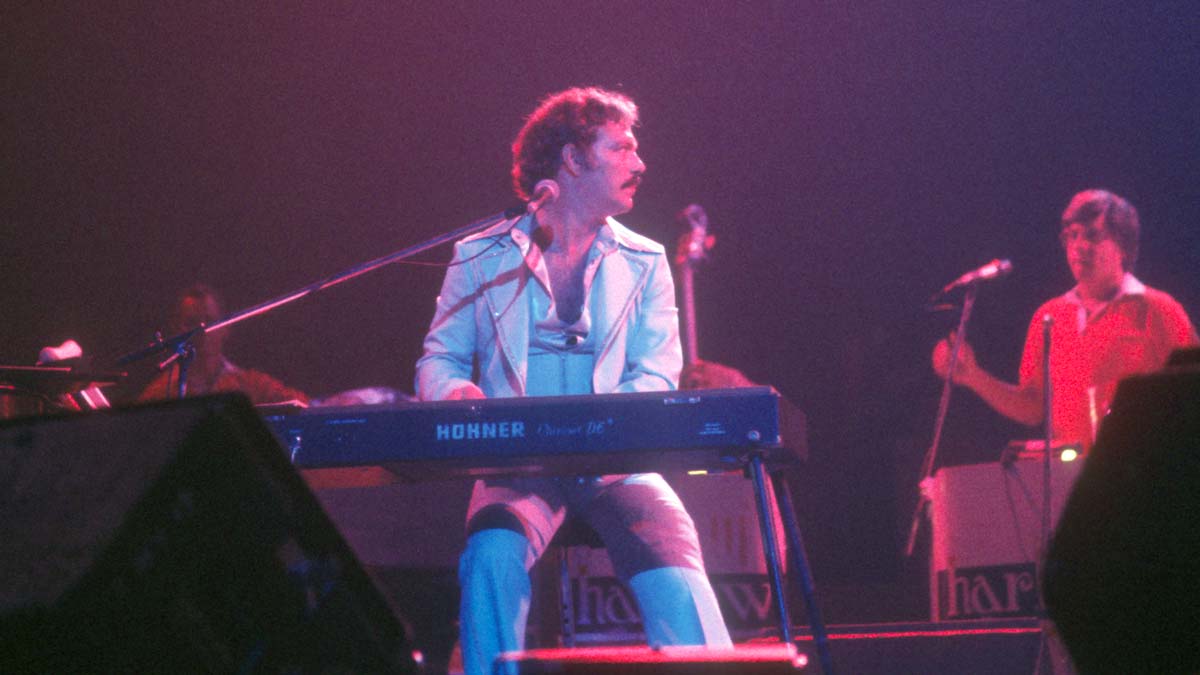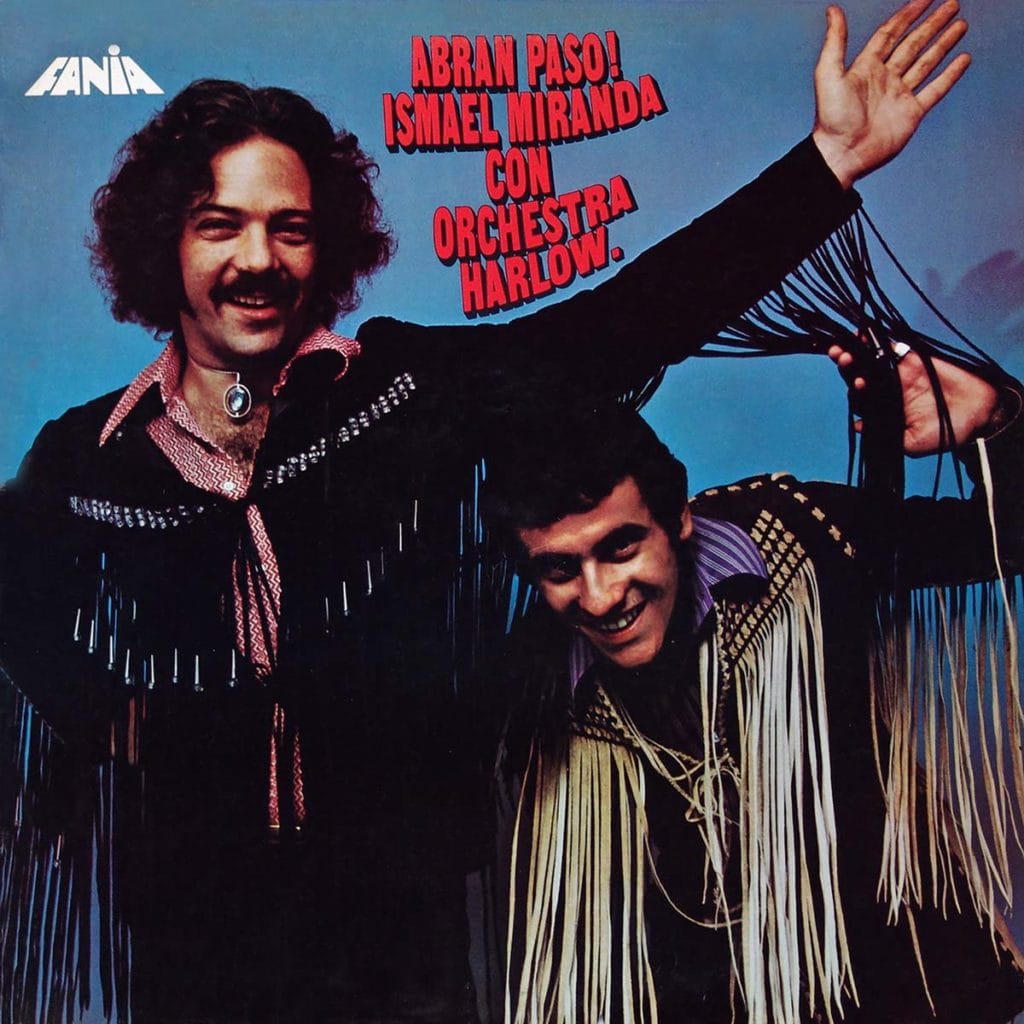
If you happen to be the kind of music fan who enjoys the textured, somewhat rough, smoky flavor of the Afro-Caribbean albums recorded in New York during the late ’60s and early ’70s, you are bound to be moved deeply by Orchestra Harlow Presenta A Ismael Miranda.
Released in 1971 when Miranda was 21 years old, this tightly arranged session documents a specific moment in time when the music that we know today as salsa was developing its identity– unique and addictive.
“This was my third LP, following Let’s Ball with Joey Pastrana and El Exigente with Harlow,” recalls Miranda from his home in Puerto Rico. “I was very young then. I had the entire world ahead of me, and the desire to do great things with my career. Naturally, it was a privilege to be introduced in such a grand fashion by Larry on the album title.”
The collaboration between Jewish American piano wiz Harlow and niño bonito Miranda was mercurial and unpredictable. It was meant to end sooner rather than later, as the two men competed agressively for the spotlight. Eventually, Miranda decided to move back to his native Puerto Rico (the island that he had left when he was only four) and launch a highly successful career as a solo artist.
“Larry loved my singing style,” says Miranda unassumingly. “He had faith in me. He was quite jealous about his music, but he encouraged me to write songs and find new arrangers for them.”
Similarly, there was a lot to like in Harlow’s virtuoso piano style– and his devotion to the hardcore grit of Cuban dance music.
“What I loved about Orchestra Harlow was that it had a real típico, Cuban sound,” adds the singer. “At the time, most orchestras favored a different style. Harlow was similar to Johnny Pacheco and Eddie Palmieri in following a traditional direction.”
Miranda had grown listening to classic Cuban bandleaders like Arsenio Rodríguez and Chappottín– an influence that is reflected in his rugged soneos, on songs like “La Contraria,” “Rumba A La Vida,” and the soulful bolero “Mi Manera De Ser.”
“I loved Miguelito Cuní, Roberto Faz, La Sonora Matancera and all of its singers, including Celia Cruz,” he recalls. “I still own the complete recordings by Beny Moré. Ismael Rivera was also a big influence.”
Interestingly, Presenta A Ismael Miranda also includes a couple of tracks in the boogaloo mode, such as a fantastic Spanish version of the Hugh Masekela tune “Grazin’ In The Grass.”
“Everybody did that during those days,” says Miranda with a laugh. “Even the artists who were not into boogaloo, like Tito Puente and Eddie Palmieri, recorded their share of boogaloos. It was actually a very interesting time for music.”
A devoted Christian, Miranda has put his acrimonious split with Orchestra Harlow behind him. In fact, both men have reunited since the ’70s for the occasional concert.
“Larry wasn’t the easiest person to deal with,” admits Miranda. “He has a strong character and wanted things done his way. But he has a good heart. He’s one of those guys who have a rough exterior but are soft on the inside.”
“Larry opened a lot of doors for me,” he concludes. “In a way, much of what happened in my career, including my participation in the Fania All Stars, I owe it to him. I was very grateful about those opportunities, and I still am.”




